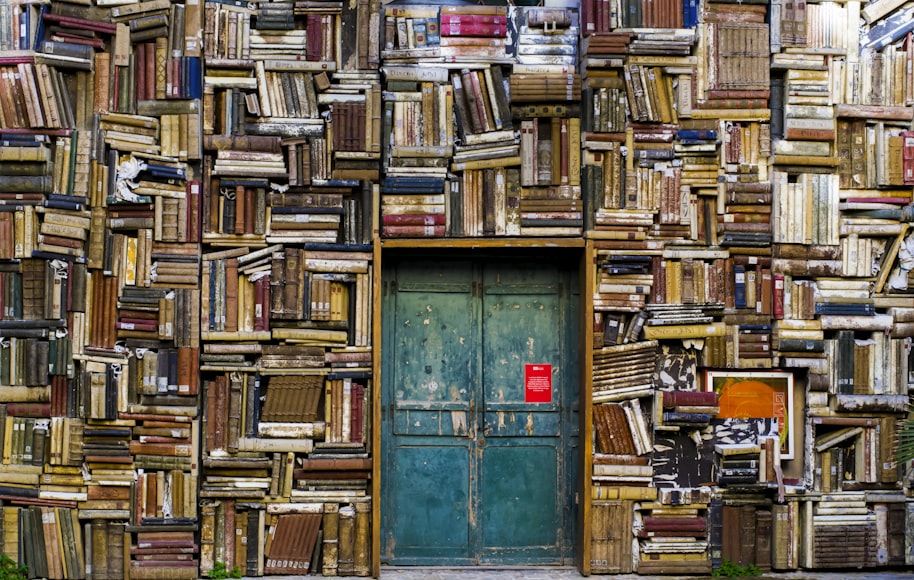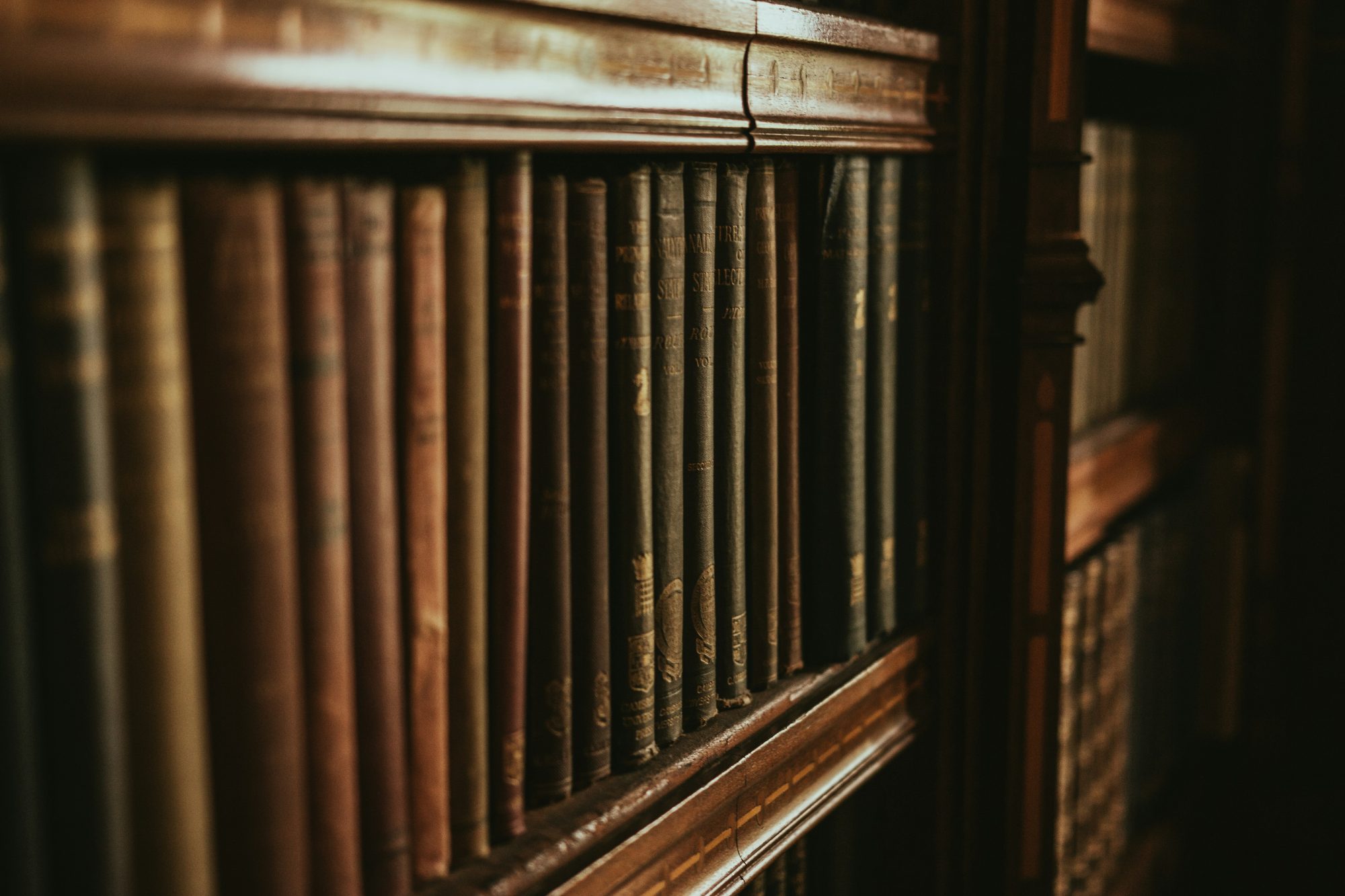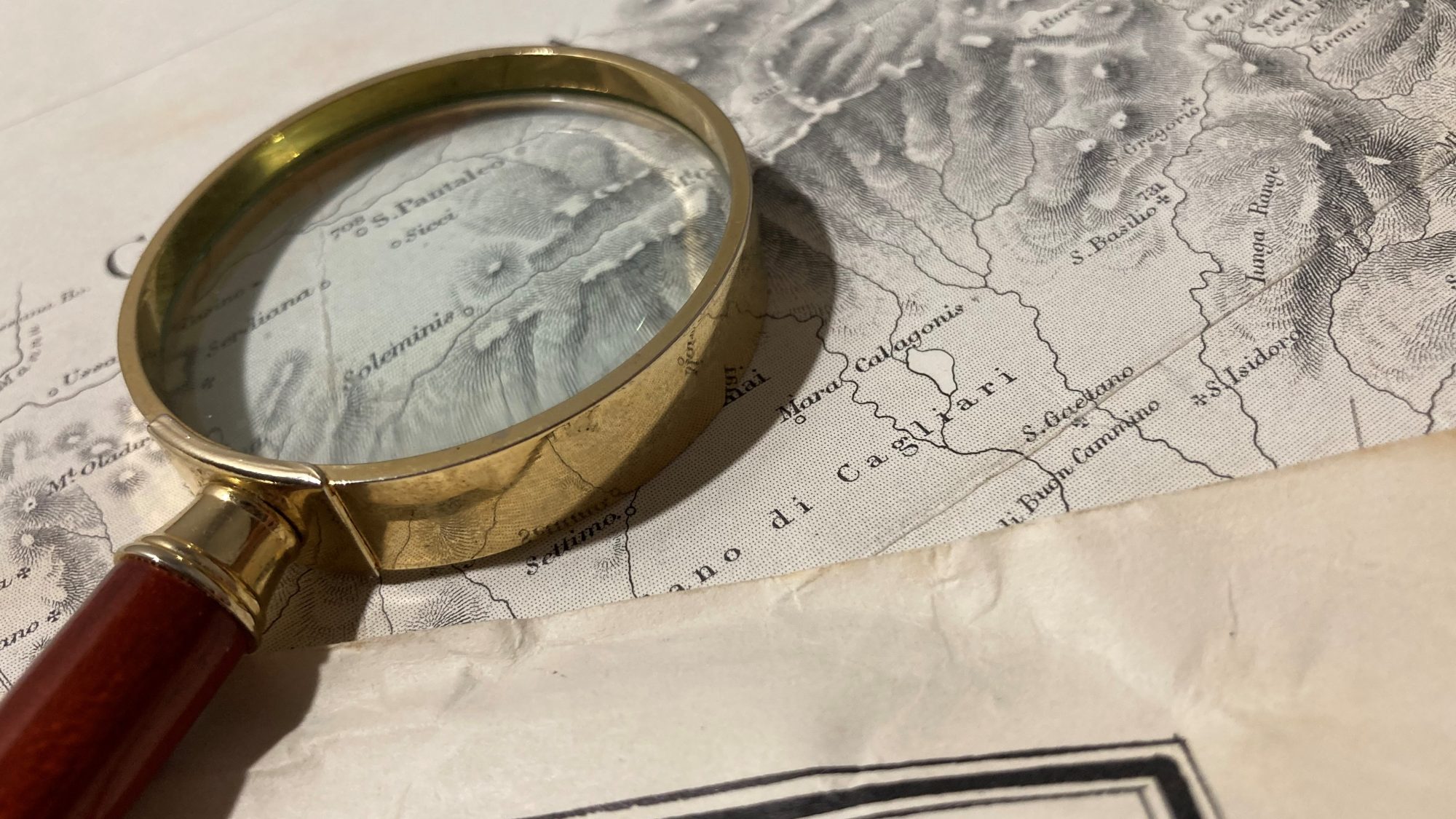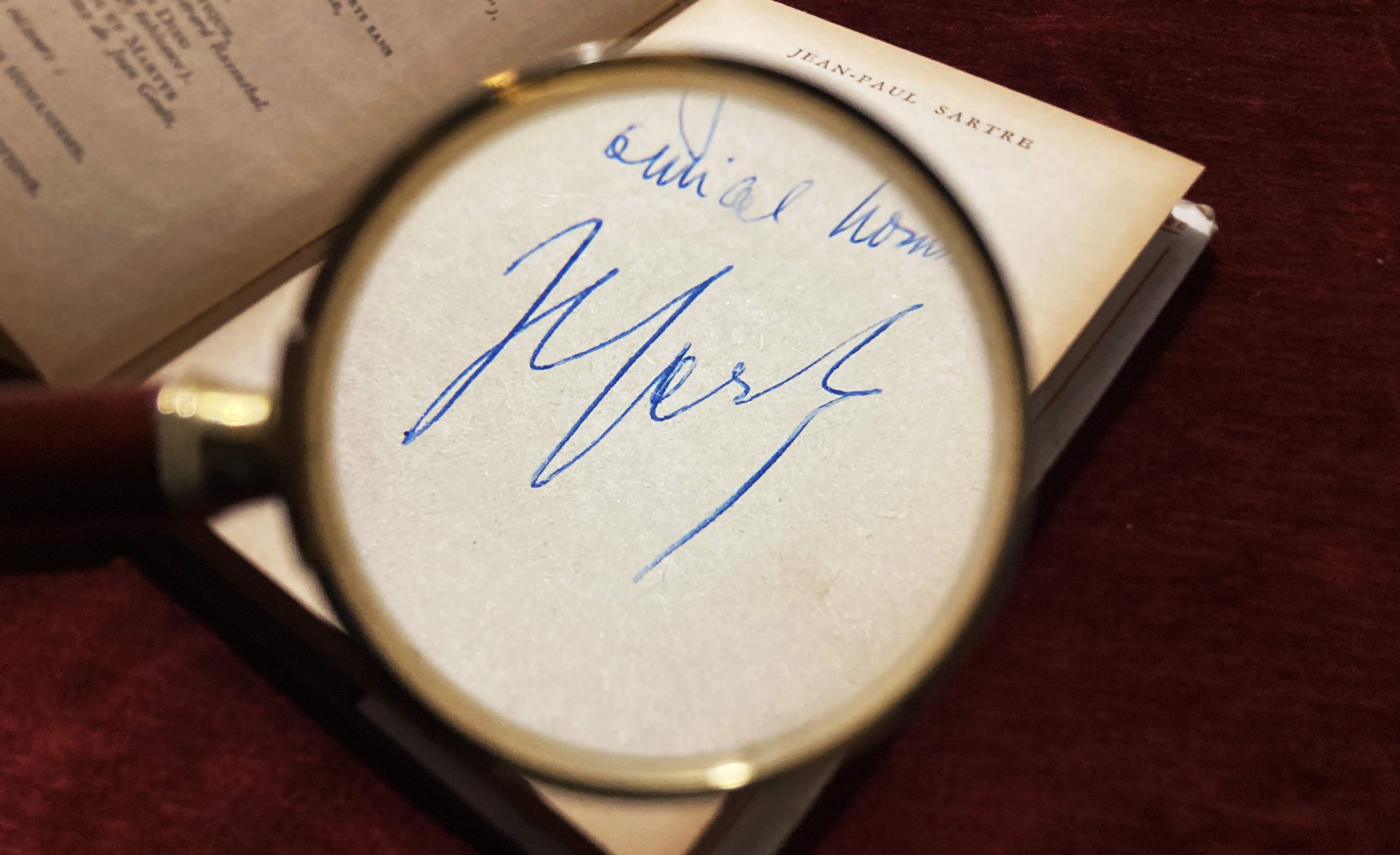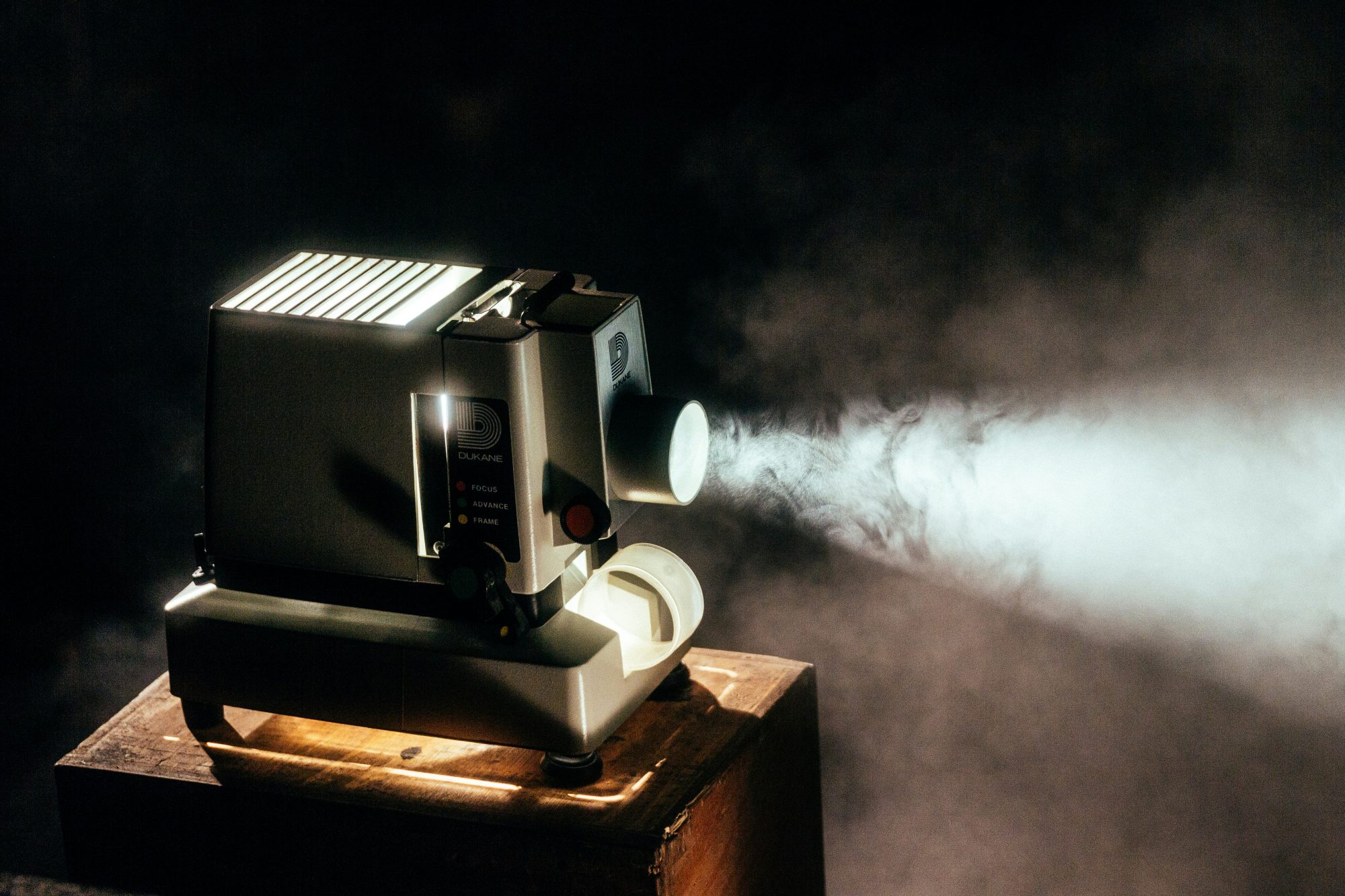From Passion to Expertise: The Role of Reference Literature in Collecting
Appreciating literature goes beyond being a passionate reader. The art of collecting antique books demands a distinct passion and appreciation, accompanied by a unique set of skills and knowledge. This brief introduction to collecting serves as a gateway to the world of literature. Let’s delve into it!
Requirements
There are a few things that you need to have before you start collecting antique books. Naturally, you will need to ensure adequate conditions and have the appropriate tools for storing, handling, and displaying your collection. However, we will delve into this topic later in our next article. Let’s start by taking an in-depth look at what you’ll need before commencing your collection.
The Indispensables
The first essential requirement is to amass a substantial collection of reference literature. While it’s possible to purchase items based solely on personal preference, that approach merely scratches the surface of the collecting world. To truly appreciate and treasure it, one must delve deeper and acquire knowledge.
Reference Literature
The size of your reference literature library may vary depending on your specific field of interest, ranging from a few essential books to a substantial collection. When it comes to reference literature, finding it online can be a challenge, and even if you manage to locate an e-version of the desired book, it often comes at a high cost. It is advisable to prioritize acquiring hardcopies of reference books, either by finding them or ordering them online.
It’s natural to feel overwhelmed by the abundance of bibliographies, encyclopedias, lexicons, and other reference materials available on a given topic. However, there’s no need to read all of them cover to cover. Reference books are typically consulted as needed. While the abbreviations used in these texts may seem confusing at first, you don’t have to be a historian or a scientist to understand them. The introduction of the book usually provides an explanation of the abbreviations and terms used, and many terms are standardized nowadays, allowing you to quickly become familiar with them. Although we won’t provide an exhaustive list of abbreviations and terms here, as they vary across different categories of antiques, we will delve into some important terms in our upcoming bibliophile section.
Estimating the Value
After obtaining the books, you may notice the absence of prices. So, what’s the next step? It’s crucial to acquire catalogs that provide actual estimates. While older catalogs can be found online through auction house records, they often require a membership fee, sometimes quite substantial. I strongly recommend personally visiting the owner of an antique bookstore to inquire about obtaining these catalogs. Keep in mind that the catalogs only offer estimates, while the true value of an item is influenced by numerous factors beyond auction house assessments. Catalogs serve the purpose of providing an overall perspective on prices.
You might wonder, why do I need such an extensive collection of literature? Reference literature is essential to develop a deeper understanding of your antiques. Furthermore, catalogs act as a safeguard against purchasing overpriced items.
However, this is merely the beginning. The next step involves protecting your cherished items through proper handling and storage. Make sure to follow our forthcoming article on the art of collecting literature to learn more about ensuring their protection.


